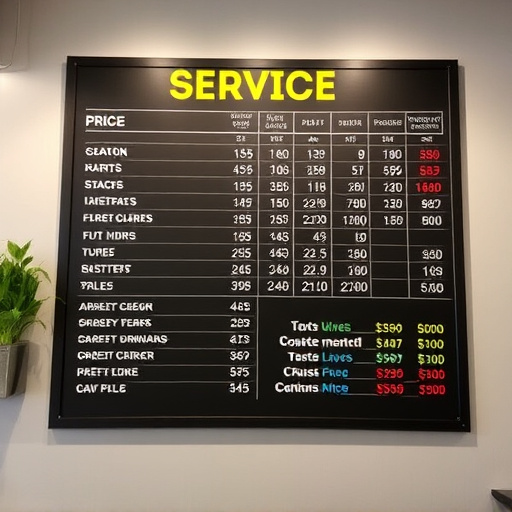A well-designed intake system with efficient flow, robust materials, and sealed connections is more resistant to environmental stresses, extending equipment lifespan. Comprehensive comparison testing under varied conditions like dust, moisture, temperature, and corrosion is crucial for engineers to make informed design choices, ensuring enhanced longevity and optimal operation of intake systems in demanding environments. Accurate assessments require consideration of material resistance, design complexity, testing protocols, and environmental variables to provide reliable comparisons of intake system longevity.
In the quest for sustainable and resilient automotive solutions, understanding the environmental resistance of intake systems is paramount. This article delves into a comprehensive comparison of intake system longevity, exploring diverse designs and their impact on durability. Through an analysis of both laboratory and field testing methods, we uncover optimal performance indicators. By contrasting various systems, we identify leading designs and provide actionable insights for industry standards, guiding manufacturers towards enhanced environmental resistance and extended component lifespans.
- Intake System Design and Its Impact on Longevity
- – Exploring different intake system designs
- – Factors influencing the longevity of intake systems
Intake System Design and Its Impact on Longevity

The design of an intake system plays a pivotal role in determining the longevity and overall performance of environmental resistance components. In the context of comparison testing, focusing on different intake systems can reveal key differences in how these systems contribute to the long-term durability of equipment. For instance, a well-designed intake system, characterized by efficient air or fluid flow, minimal pressure drop, and robust materials, is more likely to withstand environmental stresses like dust, moisture, and temperature fluctuations over extended periods.
Such systems often incorporate features such as strainers, filters, and sealed connections to prevent debris ingress and maintain optimal operating conditions. Comprehensive testing should assess these intake systems under various operational scenarios to gauge their ability to retain efficiency and integrity. By contrast, subpar intake system design, marked by poor flow dynamics or inferior materials, may lead to accelerated wear and tear, reducing equipment lifespan. Therefore, understanding the impact of intake system design on longevity is crucial for making informed decisions in environmental resistance comparison studies.
– Exploring different intake system designs

In the realm of environmental resistance, a key factor lies in examining various intake system designs and their impact on performance and durability. Intake systems, being the gateway for air or fluid into an engine or machine, play a pivotal role in overall efficiency and longevity. To facilitate a comprehensive understanding, researchers have embarked on intricate testing regimens that compare different intake system designs under standardized conditions. These tests often involve exposure to diverse environmental factors, simulating real-world scenarios to assess each design’s resilience and adaptability.
Through such comparison studies, engineers can uncover insights into the long-term viability of different intake systems. For instance, testing may reveal that certain materials or aerodynamic configurations offer enhanced protection against corrosion, debris accumulation, and temperature fluctuations, ultimately contributing to improved intake system longevity. This knowledge is instrumental in guiding design decisions, ensuring optimal performance not just during initial operation but also over extended periods, a crucial consideration in today’s demanding environmental landscapes.
– Factors influencing the longevity of intake systems

Various factors play a crucial role in determining the longevity of intake systems, making direct comparisons challenging. One key aspect is the material used; different substances offer varying levels of resistance to corrosion and wear, significantly impacting the system’s lifespan. Additionally, the complexity of the design influences durability; intricate structures might be more susceptible to damage or require regular maintenance.
Testing protocols also vary, introducing another layer of complexity in comparisons. Standardised testing methods ensure consistency but may not fully replicate real-world conditions. Environmental factors like temperature fluctuations, humidity, and exposure to harsh chemicals can accelerate degradation, affecting the intake system’s performance over time. As such, when evaluating longevity, it’s essential to consider these variables to gain an accurate picture of a system’s reliability in diverse settings.
In comparing various intake system designs through rigorous testing, this analysis underscores the intricate relationship between specific design elements and the overall longevity of these critical components. By understanding the factors that impact intake system durability, engineers can optimize their designs for enhanced performance and extended service life, ultimately contributing to more efficient and sustainable environmental practices in automotive and industrial applications. Such insights are crucial for staying ahead in the race to reduce emissions and create a greener future.














